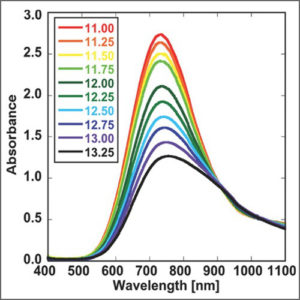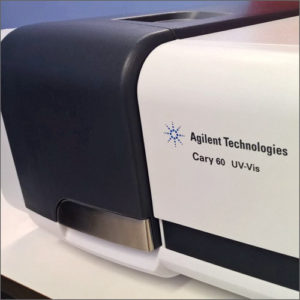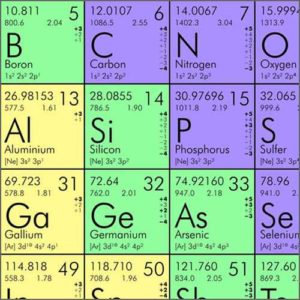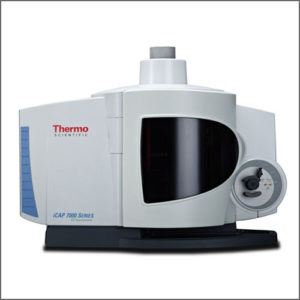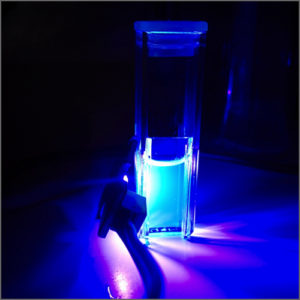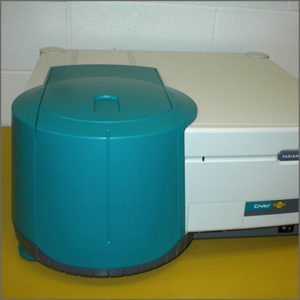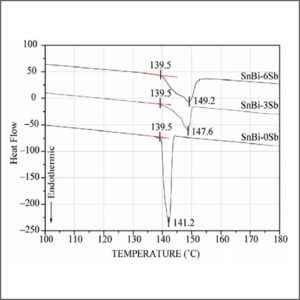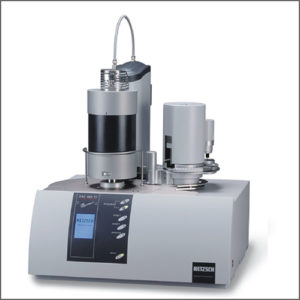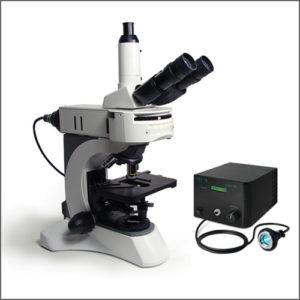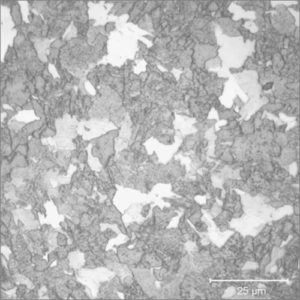
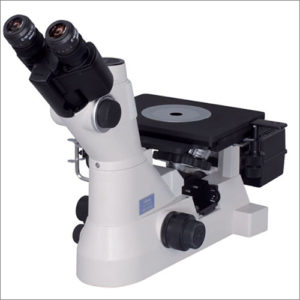
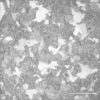
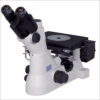
Metallographic Microscope
Metallographic (metallurgical) microscope is used to study of the physical structure and components of metals and alloys.
- Description
| Testing Method | Metallographic Microscope |
| Description | Metallography or metallurgy is the study of the structure of metals and alloys. Metallographic microscope can be used as a tool to help identify a metal or alloy, to determine whether an alloy was processed correctly, to examine multiple phases within a material, to locate and characterize imperfections such as voids or impurities, or to observe damaged or degraded areas in failure analysis investigations. In short, metallographic microscope can reveal a great deal about the past history of a metal specimen, and how it will act in service. |
| More Information | Wikipedia: Metallography |
Related Products
-
UV-Vis-NIR Spectroscopy
UV-Vis-NIR spectroscopy is routinely used in analytical chemistry for the quantitative determination of various analytes, such as transition metal ions, organic compounds, and biological macromolecules.
-
Inductively Coupled Plasma – Optical Emission Spectrometry (ICP-OES)
ICP-OES is an analytical technique for the detection of trace metals in a sample using the emission spectra from the sample.
-
Fluorescence Spectroscopy
Fluorescence spectroscopy measures the fluorescent light emitted from a sample at different wavelengths, after illumination with a xenon flash lamp.
-
Differential Scanning Calorimeter (DSC)
Differential Scanning Calorimeter (DSC) is widely used for thermal analysis of materials associated with thermal transitions and chemical reactions.
-
Fluorescence Microscope
Fluorescence microscope uses fluorescence and phosphorescence to study properties of organic or inorganic substances.

